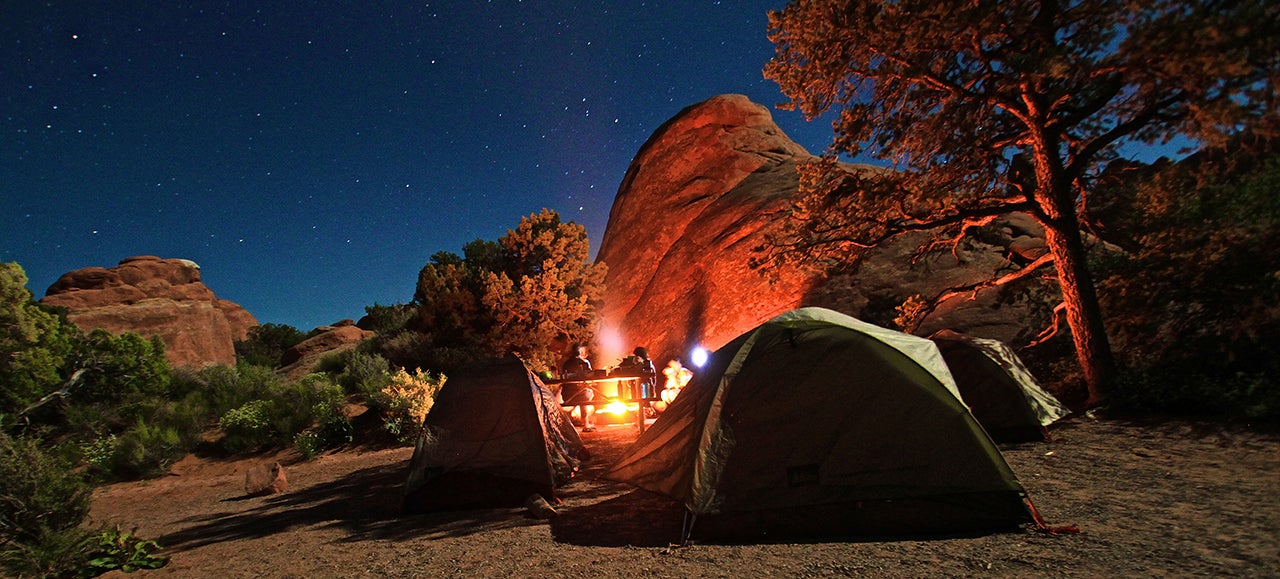As with any gear you plan to strap on, comfort is highest on the priority list. If your backpack is uncomfortable, doesn’t fit well, rubs in the wrong places, etc, you’re going to have a hard time enjoying your trek. Some of the primary comfort features you’ll want to look for in any backpack include:
- Well padded, inflatable, or air-filled shoulder straps to distribute weight evenly
- Adjustable straps, ensuring your backpack sits comfortably & reduces strain on your back
- Lower back support, cushion in the lumbar area
- Contoured and padded backs that follow your lower back’s natural shape
- To remove weight from your back and shoulders, look for padded hip belts that place more burden on the leg muscles
- A waist or chest strap to keep the weight centered

Another important element of selection is to determine the activities where you’ll use your pack. For short hikes, college use, or other short duration activities, a canvas pack should be sufficient. For trail running, long bike rides, or long hikes in variable weather, a waterproof pack will be necessary. Some important questions to ask yourself:
- Will you be hiking, climbing, alpine skiing, trail running, walking around town, or footing it across campus?
- What kind of materials and utilities will you be carrying around?
- Will you be walking and carrying the pack for long periods of time, or from place to place with stretches of sitting in between?
- What weather extremes does the pack need to endure?
- Does it need to stand upright for easy loading and unloading?
We can’t leave out durability in our quest for a great backpack. Most backpacks are tossed due to tears in shoulder straps, broken zippers, and stitching malfunctions. Some of this can be due to overloading the backpack beyond its design. The rest is due to cheap construction. A few things to look for in a quality pack:
- Double stitching
- Sturdy, ultra-strong nylon materials, such as Ripstop, or at least a 500-denier nylon
- YKK-grade zippers, self-repairing with sturdy pulls
- Nylon straps
- Double-pane, quilted, reinforced, leather, or rubber bottom for longer wear
- Wipe-clean interior
- Reflective material for walking across campus at night
- Dirt-resistant color
- Lifetime guarantee
Along with durability is how well the pack stores and protects your contents. Most packs come with multiple compartments. How many, what they hold, and how well they protect from the elements are important considerations. Some factors to keep in mind include:
- Compartments that hold books in place
- Larger compartments for books
- Several smaller zip pockets for pencils & calculators
- Padded compartment for glasses and a hidden zip spot for keys
- Mesh pouches for water bottles
- Plastic rack inside the bag can help with weight distribution
- Water resistance – You may not need 100% waterproof, but some resistance can protect your belongings
- Padded compartment for laptops, tablets
A few other considerations while searching to fulfill your backpack needs include the following.
- Appropriate size. The pack should ride just above the waist. Anything lower and it will place undue stress on the back
- Budget – Going with a top name and high quality will save you in the long run. However, go with as much as you can afford while getting the job done.
- Style – Are you looking to impress your sorority sisters, or is functionality your most important feature? Find the right mix for your purpose.






























